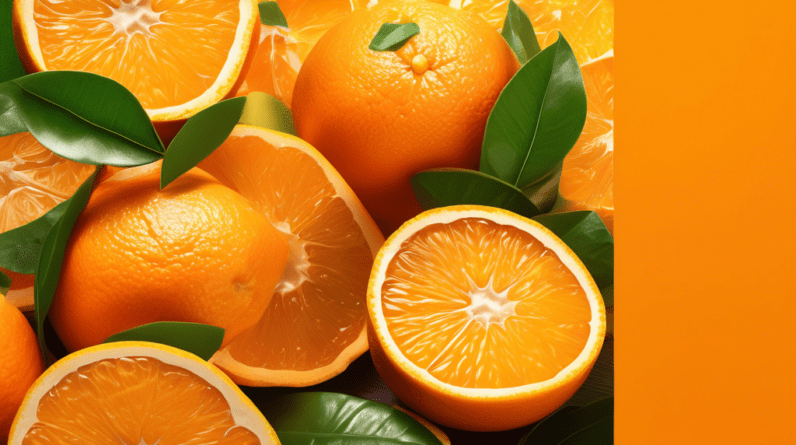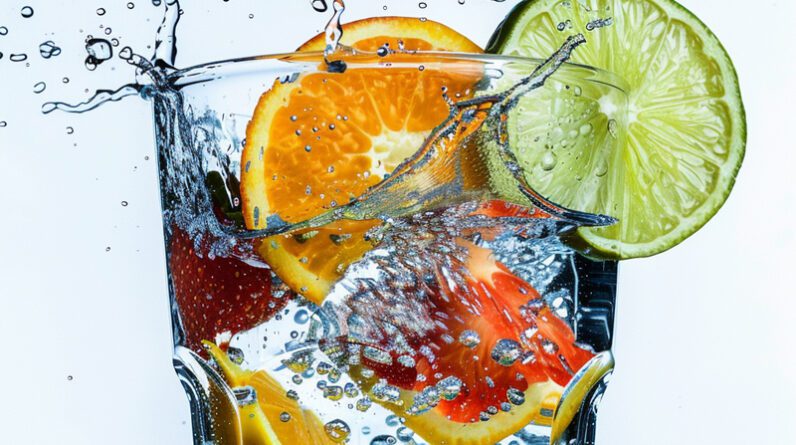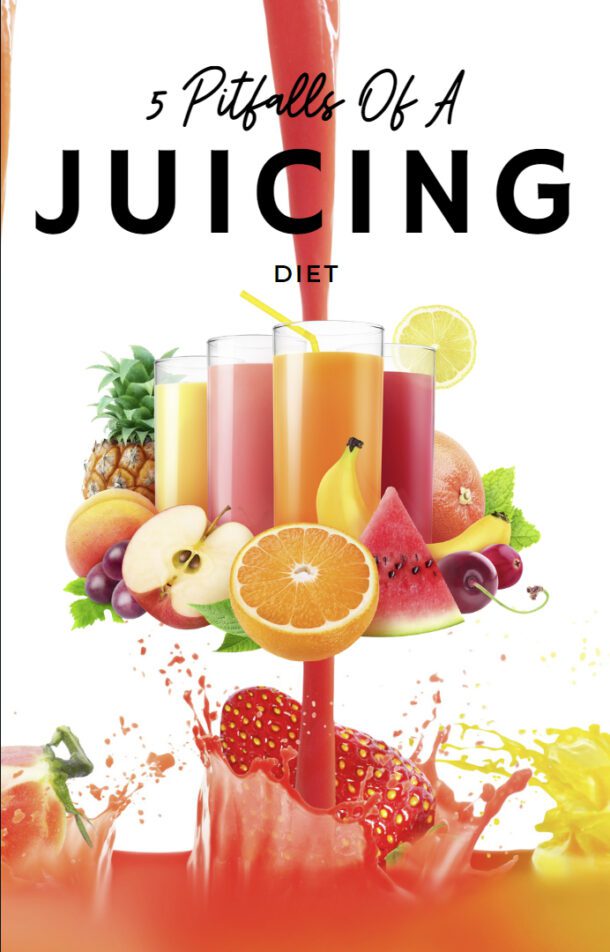Juicing vs. Eating Whole Fruits and Vegetables: Which One Wins?
We’ve all been there, scrolling through our inbox, bombarded with countless emails vying for our attention. But then, one subject line jumps out, grabbing you by the curiosity bone and practically forcing you to click. That’s the power of a well-crafted email subject line, and it got me thinking – what if we applied that same strategy to our health choices, specifically juicing? The subject line that hooked me? Can you just juice and not eat? Intriguing, right? So, let’s dive into the juicy details and see if this approach holds water.
The Allure of Juicing
Juicing has exploded in popularity, and it’s easy to see why. It’s a quick and convenient way to flood your body with a concentrated dose of vitamins, minerals, and antioxidants. Plus, let’s be honest, who doesn’t love a refreshing glass of vibrant juice? But here’s the million-dollar question: can juicing replace whole fruits and vegetables in our diet? Well, it’s not quite that simple. While juicing offers some fantastic benefits, it also comes with a few trade-offs.
The Case for Whole Fruits and Vegetables
Nature has a pretty ingenious way of packaging nutrients. Whole fruits and vegetables come with a bonus – fiber! This often-overlooked dietary superstar plays a crucial role in digestion, keeping things moving smoothly and contributing to that satisfying feeling of fullness. And it doesn’t stop there. Fiber acts like a superhero for your gut health, feeding the good bacteria that reside there and keeping your digestive system happy.
Think of it this way: when you juice, you’re essentially extracting the liquid goodness and leaving behind the fibrous pulp. It’s like watching a movie and skipping to the end – you miss out on all the crucial plot development and character building along the way.
The Missing Pieces of the Juicing Puzzle
Now, let’s talk about the elephant in the room – sugar. While natural sugars from fruits are generally part of a healthy diet, juicing concentrates these sugars. So, that glass of OJ you’re enjoying? It might pack the sugar punch of several oranges, minus the fiber that helps regulate blood sugar levels.
And don’t forget about the chewing factor! Chewing your food isn’t just about good manners; it’s actually the first step in the digestion process. It signals your body to start releasing digestive enzymes, prepping your system for the incoming nutrients. So, when you gulp down a juice, you’re essentially bypassing this important step.
Striking a Balance: Can They Co-Exist?
So, does this mean juicing is off the table? Not necessarily! Juicing can be a fantastic way to supplement your diet with extra nutrients, especially if you struggle to eat enough fruits and vegetables. It’s also a convenient option when you’re short on time or need a quick health boost.
The key is balance. Think of juicing as a supporting actor, not the lead role, in your dietary cast. Make whole fruits and vegetables the stars of the show, and use juicing as a way to add variety and a concentrated dose of nutrients.
Tips for Healthy Juicing
If you’re keen on incorporating juicing into your routine, here are a few tips to keep it healthy:
* **Focus on veggies:** Aim for a higher ratio of vegetables to fruits to keep the sugar content in check.
* **Embrace the pulp:** If your juicer allows it, try adding some of the pulp back into your juice for an extra fiber boost.
* **Variety is key:** Mix up your ingredients to ensure you’re getting a wide range of nutrients.
* **Moderation is your friend:** Enjoy your juice as part of a balanced diet, not a replacement for whole foods.
So, can you just juice and not eat? While juicing offers a convenient way to get a concentrated dose of nutrients, it shouldn’t replace the fiber and other benefits of whole fruits and vegetables. Remember, it’s all about balance and making informed choices that support your overall health and well-being. Cheers to a healthy and vibrant life!




